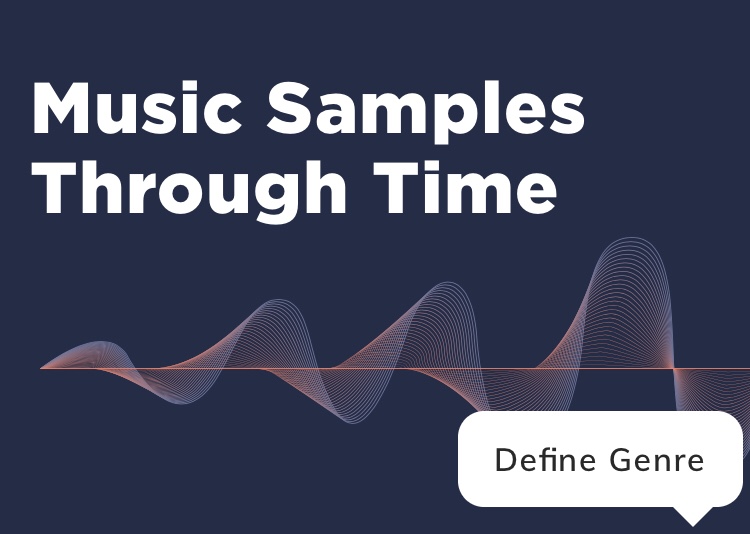Music Sampling: Interactive Guide to the History of Music Sampling
In light of recent coverage on Tracy Chapman suing Nicki Minaj over an unauthorised sample it has got more people thinking about sampling in general.
The practice of sampling in the music industry, or using soundbites of other tracks in your own song, really took off in the 1980s with the popularisation of hip-hop, rap & R&B – but it’s been around for many years previous, and also continues to evolve in the present day. Modern-day DJs often utilize music sampling in their DJ sets, using mixers similar to a Numark Mixtrack Platinum FX in order to intermix samples and their own music together. DJs regularly purchase a music pool, which is a sample of licensed music they can use during their sets and performances.

A recent study by music experts Bose into the last 100 years of sampling history discovered that:
You can check out the full research here https://techtalk.currys.co.uk/audio/speakers/music-samples-through-time/
